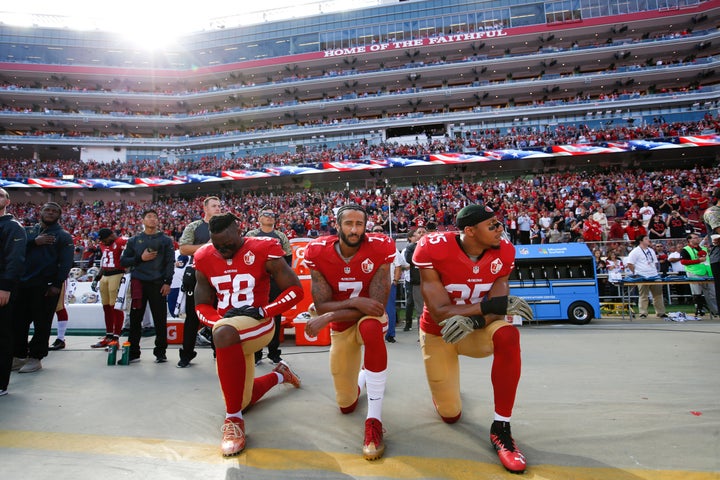States with high rates of residential segregation are significantly more likely to have fatal police shootings of unarmed black victims, according to a new Boston University study.
The Boston University School of Public Health (BUSPH) research team said their study is the first of its kind to find a link between structural racism, particularly residential segregation, and racial disparities in fatal police shootings at the state level.
“This suggests that the higher rates of fatal police shootings of unarmed Black victims are not merely a result of more interactions between police officers and Black suspects,” wrote study co-author Anita Knopov, a pre-doctoral fellow at SPH in a Monday blog post.
“Instead, our results indicate that in some states, there is a systematically different response based on the race of the suspect,” Knopov said.
The study, which was published in the Journal of the National Medical Association, used data on fatal police shootings of unarmed victims collected between Jan. 1, 2013 and June 30, 2017 from the Mapping Police Violence Project database.

Investigators developed an index of structural racism at the state level. The index included measures of black-white residential segregation and disparities in economic status, employment status, educational attainment and incarceration rates. The authors then rated states on a scale of 0 to 100. The higher the number, the more residential segregation or racial disparities were documented.
Using that scale, researchers noted that for every 10-point increase in a state’s racial segregation index, they found a 67 percent increase in the state’s ratio of police shootings of unarmed black people versus unarmed white people.
According to Knopov and the study’s other authors, there hasn’t been empirical research to understand why Black people are more likely to be killed by police than white people ― until now.
“We used indicators of structural racism that reflect a long history of racial oppression by institutional practices such as redlining, the creation of exclusionary or sundown towns, mass incarceration, and other forms of racial discrimination,” said lead author Aldina Mesic, an SPH student and research study assistant in community health sciences in the same blog post.
“Residential segregation does not occur overnight. It is the direct consequence of a long history of institutionalized racial oppression,” Mesic added.
Police shootings of unarmed black individuals have long been an issue in the United States. The names of the many victims whose deaths sparked massive movements are widely known ― think Philando Castile, Tamir Rice, Alton Sterling and Michael Brown.
These lost lives have ignited conversation about racism and police brutality that have rolled out beyond the small city streets, but official change has yet to come in many cases. Young activists have spoken out about the problem with national movements like Black Lives Matter, while others have used kneeling protests during the national anthem to highlight the violence ― both movements have faced backlash from average citizens and even the president.

Senior author and professor of community health sciences Michael Siegel hopes that this research can change that conversation and “pave the way a meaningful discussion about institutional racism.”
“This research should change the conversation about the problem of police shootings,” Siegel said in the blog post. “Part of the resistance to openly discussing this issue is that many people feel offended by criticism of people who are risking their lives to protect all of us.”
“Our study suggests that this problem is not simply about the actions of individuals, but about the actions of all of society,” he added. “Hopefully, reframing this from an individual to a societal problem will pave the way for a meaningful discussion about institutional racism.”
CORRECTION: A previous version of this story suggested Sandra Bland and Trayvon Martin had been shot and killed by police. Bland died by suicide in jail, and Martin was shot and killed by a civilian.